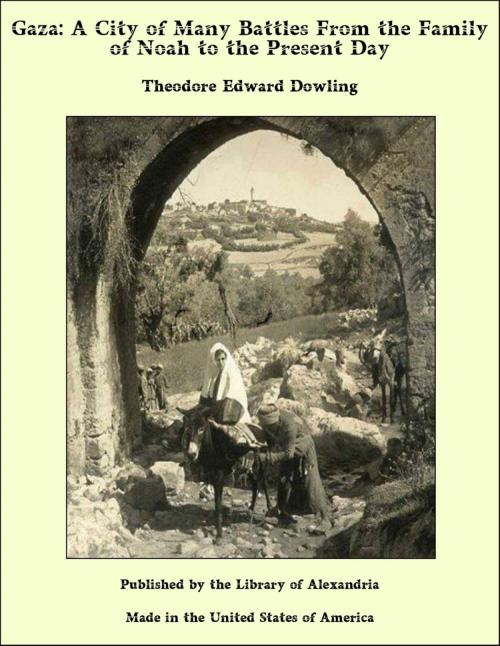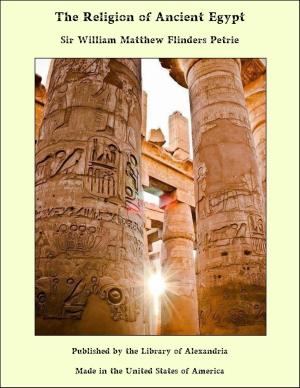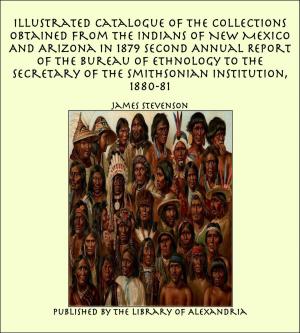Gaza: A City of Many Battles From the Family of Noah to the Present Day
Nonfiction, Religion & Spirituality, New Age, History, Fiction & Literature| Author: | Theodore Edward Dowling | ISBN: | 9781465622969 |
| Publisher: | Library of Alexandria | Publication: | March 8, 2015 |
| Imprint: | Language: | English |
| Author: | Theodore Edward Dowling |
| ISBN: | 9781465622969 |
| Publisher: | Library of Alexandria |
| Publication: | March 8, 2015 |
| Imprint: | |
| Language: | English |
In early times the Beduins of the desert were glad of a market in Gaza for their spices and frankincense. In fact, according to Dr. Meyer (from whom I freely quote), the foundation of Gaza is most probably associated with the Minæans in their development of the frankincense trade. Extensive remains have been found in Central and Southern Arabia, which have been ascribed to these Minæans. Mr. Edward Glaser maintains that this people existed from about the seventeenth century b.c., and that the Sabæans followed them in the occupancy of those regions. If this be allowed, it seems to follow that Gaza was founded, or at least augmented, by this early Arabian people. The wealth of the Minæan kingdom was derived chiefly from the transportation of frankincense and other spices from the East, and from Southern Arabia, which the caravans carried through the desert to Gaza. In 674 b.c. Esar-haddon, son of Sennacherib, undertook a campaign against the Arabian tribes, put an end to the Minæan kingdom, and secured control of the spice-trade route. During the Persian period (539-332 b.c.) Gaza was the chief centre of the frankincense trade. According to Dr. Birdwood in his article on "The Perfumes of the Bible," Bible Educator, vol. i, p. 378, "it is very surprising that so great a weight of evidence in favour of frankincense being produced in Arabia and Africa should ever have been set aside for the idle fancy that India was the source of the olibanum ( λίβανος) commerce."
In early times the Beduins of the desert were glad of a market in Gaza for their spices and frankincense. In fact, according to Dr. Meyer (from whom I freely quote), the foundation of Gaza is most probably associated with the Minæans in their development of the frankincense trade. Extensive remains have been found in Central and Southern Arabia, which have been ascribed to these Minæans. Mr. Edward Glaser maintains that this people existed from about the seventeenth century b.c., and that the Sabæans followed them in the occupancy of those regions. If this be allowed, it seems to follow that Gaza was founded, or at least augmented, by this early Arabian people. The wealth of the Minæan kingdom was derived chiefly from the transportation of frankincense and other spices from the East, and from Southern Arabia, which the caravans carried through the desert to Gaza. In 674 b.c. Esar-haddon, son of Sennacherib, undertook a campaign against the Arabian tribes, put an end to the Minæan kingdom, and secured control of the spice-trade route. During the Persian period (539-332 b.c.) Gaza was the chief centre of the frankincense trade. According to Dr. Birdwood in his article on "The Perfumes of the Bible," Bible Educator, vol. i, p. 378, "it is very surprising that so great a weight of evidence in favour of frankincense being produced in Arabia and Africa should ever have been set aside for the idle fancy that India was the source of the olibanum ( λίβανος) commerce."















